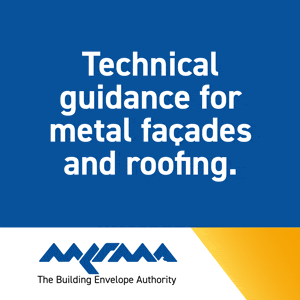Cutting insulation requirement for heat pumps ‘shortsighted’
- Specify & Build
- May 1, 2024
- 2 min read
External wall insulation specialist Alsecco has labelled Government plans to reduce insulation standards to boost uptake of heat pumps as short-sighted.
In the latest move to increase the use of heat pumps as an alternative to traditional, more energy-intensive heating methods, the Government has removed the need to install cavity wall insulation and loft insulation to qualify for the grant.

However, Alsecco believes this undermines the impact that carbon reduction initiatives will have in the long term, instead reinforcing a ‘fabric first’ approach as the most effective way to cut energy consumption on a long-term basis. With external wall insulation being regarded as one of the most effective ways to support energy efficiency in the built environment.
Under the Boiler Upgrade Scheme homeowners can now apply for up to £7,500 towards the cost of installing a heat pump following a 50% increase in the amount last month.
However, to further encourage residents to install heat pumps to meet its target of 600,000 installations by 2028, the Government has now removed the insulation requirement to reduce the cost to the homeowner.
This flies in the face of the movement within the construction sector towards creating more thermally efficient buildings that rely less on energy to maintain a comfortable living standard.
The Insulated Render and Cladding Association (INCA), which represents the external wall insulation industry, has already announced its intention to lobby the Government to prioritise a fabric-first approach in retrofit projects to thermally upgrade existing buildings.
Dean Broughton, Managing Director at Alsecco UK, said: “Buildings need to be constructed with energy efficiency in mind, there is no doubt about that, and upgrading existing homes to be more thermally efficient is vital if we are to reduce carbon emissions in the built environment.
“However, quick fixes to boost specific targets, such as increasing the uptake of heat pumps, cannot be done at the expense of seeing the bigger picture. Homes that are constructed – or retrofitted – to be more thermally efficient will use less energy over their lifetime. Insulation is integral to this.
“The pitfalls of poorly insulated homes are well known – and addressing heat loss and dealing with condensation will require more energy use down the line.
“We strongly believe that a fabric first approach is needed to build homes that are fit for a more sustainable future, where thermal protection is built in to maintain a comfortable living environment.”
























































.png)
